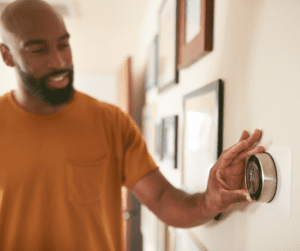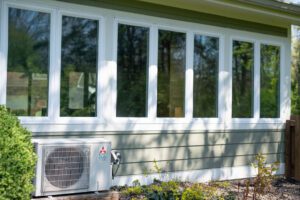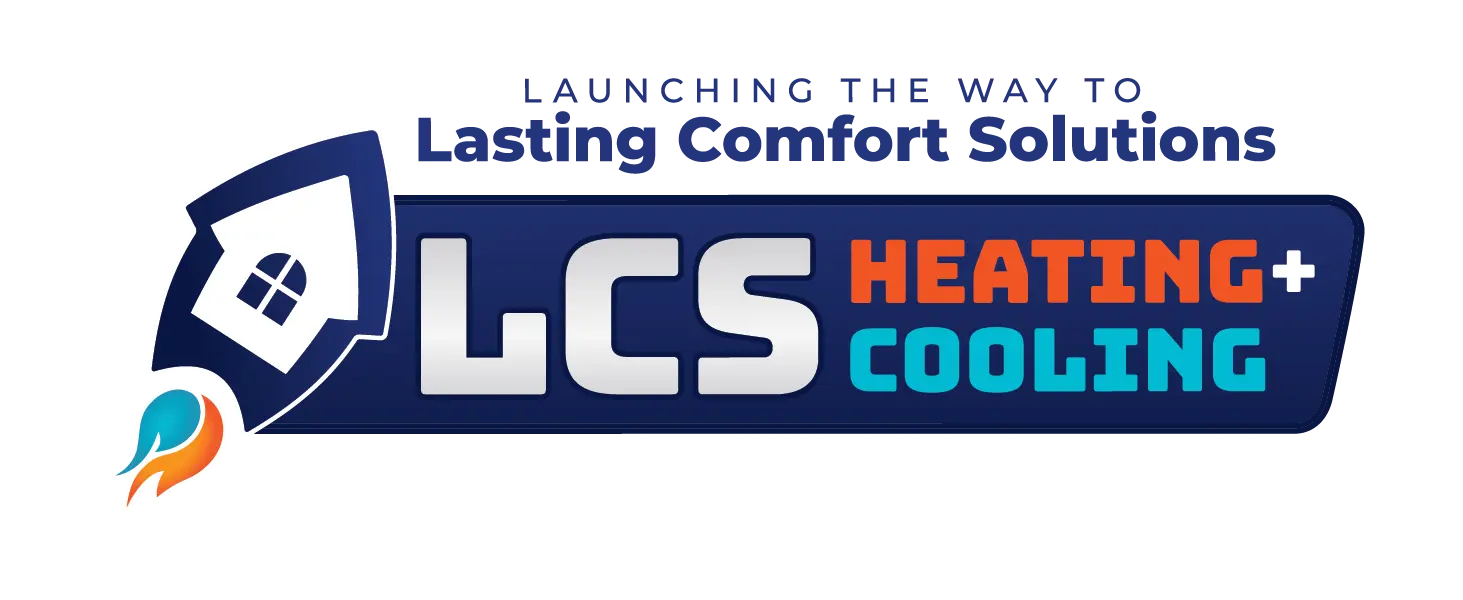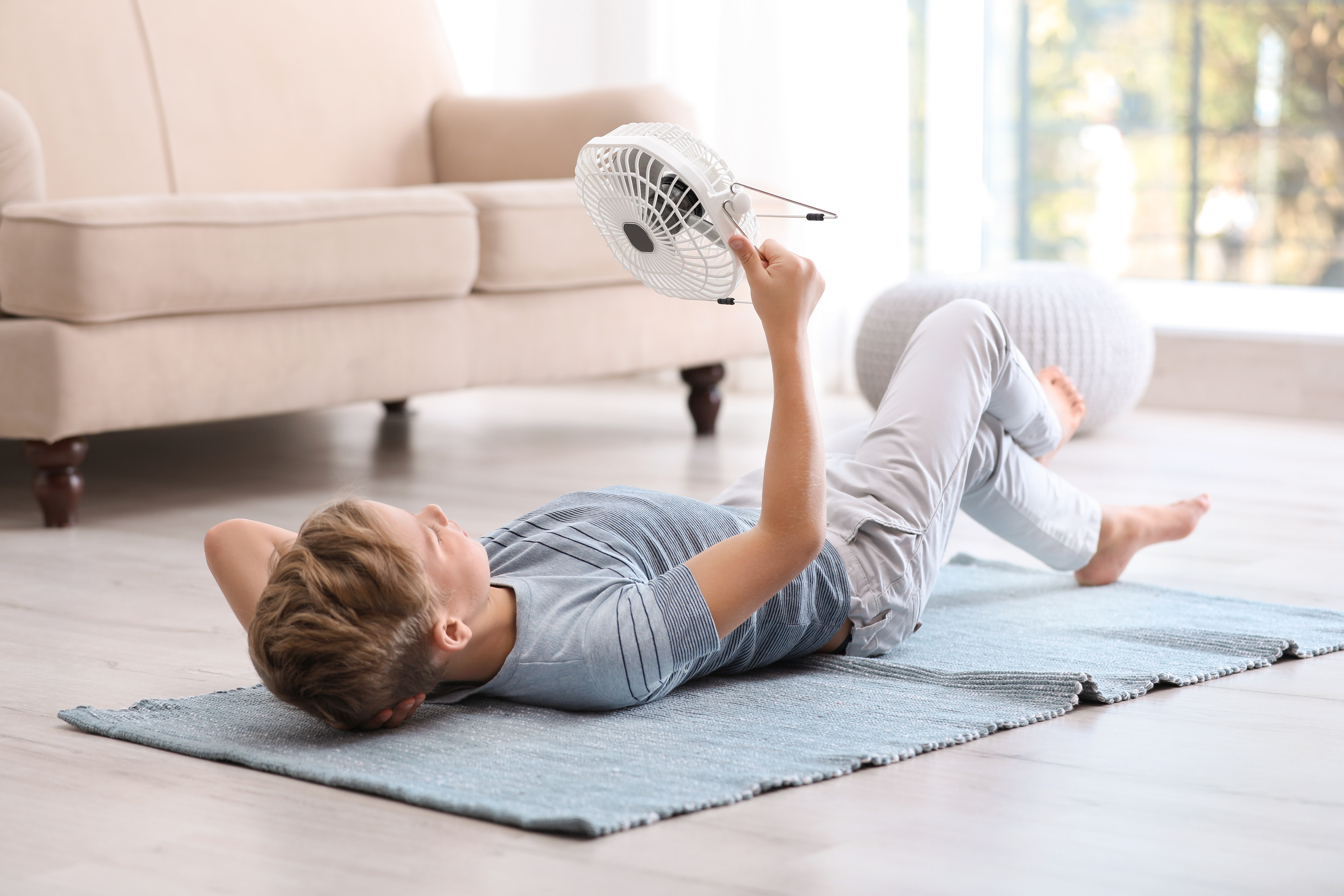How to Address Hot and Cold Spots in Your Home
Your upstairs is hot. Your downstairs is freezing. You can’t find a single spot in your home where you feel comfortable. If this sounds familiar, you may have a problem with hot and cold spots.
 Why do I have hot and cold spots in my home?
Why do I have hot and cold spots in my home?
There are several factors that cause hot and cold spots in a house. One of the most common causes is improper ductwork design. Other possible causes include poor insulation and air leaks, which can allow hot or cold air to enter or escape through cracks and gaps in the walls, windows, or doors. Other factors that can contribute to hot and cold spots include problems with the HVAC system and even the position and orientation of your home in relation to the sun.
Do I need to replace my HVAC?
The good news is that you likely don’t have to replace your HVAC system to address hot and cold spots in your home. There are many possible solutions, depending on your home setup, to fix the problem.
What can I do to fix hot and cold spots in my home?
Depending on the specific issue in your home, resolving hot and cold spots can take different forms.
- Zone Your Home: What does this mean? Most of the time your home is on a single thermostat in one zone. When we zone your home, we create multiple zones, each with its own thermostat. This allows you to control the temperature independently in each zone or area of your home. Some homes can be zoned, but some cannot. If you’re not sure if zoning would be an option for your home, contact us!
- Ductless Mini-Split: A mini-split can be a great solution if you can’t zone your home, or if a smaller area of your house is impacted. This option involves installing a system that’s separate from your traditional furnace and air conditioner. A mini-split has an outdoor unit, along with one or multiple indoor heads. This unit is controlled by its own thermostat, giving you complete control over the temperature in that space. Mini-splits are especially great for large bedrooms, bonus rooms, and sunrooms.

Outside of these solutions, there are some additional steps you can take that may not be true fixes but can alleviate the problem a bit by closing the gap from one end of your home to the other or between your upstairs and downstairs temperatures.
- Solar-Powered Attic Fan: While it can’t completely resolve hot and cold spot issues, a solar-powered attic fan can help keep your attic cooler, which in turn can keep the floor directly below the attic cooler. There are no long-term costs associated with a solar-powered attic fan since it runs on solar. As an added bonus, removing some of the heat from the attic will extend the life of your roof decking and shingles! Learn more about this solution in our blog post: Are Solar-Powered Attic Fans Worth the Expense?
- Thermostat with Sensors: Thermostat sensors can be placed around your house to determine an average home temperature to maintain a more comfortable temperature throughout.
HVAC Solutions in the Indianapolis Area
If you’re not sure what solution will work best for your home, contact us. Our expert technicians can come out, diagnose your issue, and recommend the best possible solution for your home and for your comfort!
With warmer days ahead, you want to make sure your AC is ready to go. Sometimes the long break during winter will stop your unit from running properly when you need it to start up. A little maintenance can go a long way.
Prepping Your AC Unit After Winter
It’s always a good idea to clear any debris around your AC unit before turning it on. Sticks and leaves from the fall and winter can collect around your system and interfere with its air flow and overall function. After you check that area out, take a peek at your air filter. It might be time to swap your old filter out for a clean, new one. This will make it easier for your AC to run.
You’ll also want to make sure your unit has power. If the unit doesn’t kick in after you’ve adjusted your thermostat, go ahead and take a look at your circuit breaker before calling your HVAC company. The switches should be flipped to “on,” so this could be a simple fix if you’re having trouble with your AC. Otherwise, you might be looking at some different issues.
Common Problems Starting Your AC
Some problems that pop up after winter are relatively easy to fix, but others require professional expertise. These are some of the most common hiccups we see with units starting up in spring.
1. Thermostat Problems
Hearing a loud racket when you turn on your AC unit is usually a sign that something isn’t right with your blower motor or fan motor. Of course, if you aren’t hearing anything at all, then you might be having a problem with your thermostat.
The electrical wiring from your thermostat is connected to your AC. Assuming your thermostat has good batteries, you might be facing an issue with some electrical work. An HVAC professional can take a look and let you know what needs fixing.
2. Low Refrigerant
When your unit doesn’t have enough refrigerant, it won’t be able to cool your home. Your HVAC company will have the equipment needed to measure the levels and see if they’re low. Unfortunately, just topping off the refrigerant might not be enough. Your system could have a leak. If your HVAC technician says low refrigerant is to blame, make sure they’ve also done a leak search. You don’t want the issue to repeat itself!
3. Dirty Units
After the “off” season, you might also have trouble with a dirty system. The AC unit itself, also known as the condenser, may have dust and debris inside it. This can mess with the fans and block airflow, just like a dirty air filter indoors. A good cleaning can help.
In other cases, you could be facing a dirty evaporator coil. Older units and equipment that hasn’t been serviced in a while will sometimes run into this problem. Because the coil needs to be completely removed for cleaning, this isn’t something you can handle on your own. You’ll need an HVAC technician to help you out. Still, it’s a pretty quick process.
Plan Ahead with a Spring AC Tune-Up
Letting your unit run when it isn’t working properly can lead to a series of bigger problems. If your unit isn't working for your home, call on your HVAC company. Units that are dirty or need a leak repaired should be addressed sooner rather than later. Typically, these problems can be fixed during your annual maintenance!
Scheduling regular maintenance can keep your unit working its best. A technician can check all of your connections, clean up your unit, lubricate its moving parts, and more. Our LCS Annual Maintenance Plans are designed to help you out.
Getting routine checks with your unit before it acts up can help extend its life. Plus, it’s more convenient than waiting for service when something goes wrong. The temperatures will only continue to rise, and you don’t want to be caught without cool air. Let us know how we can help. Give our team a call at (317) 238-3961.
May 10, 2019


